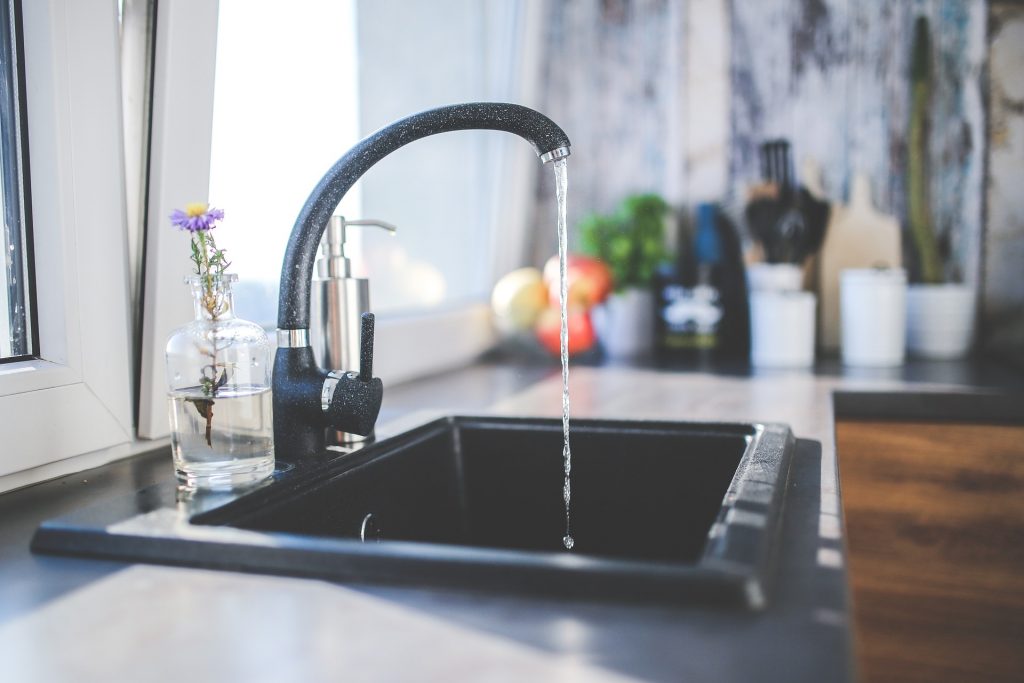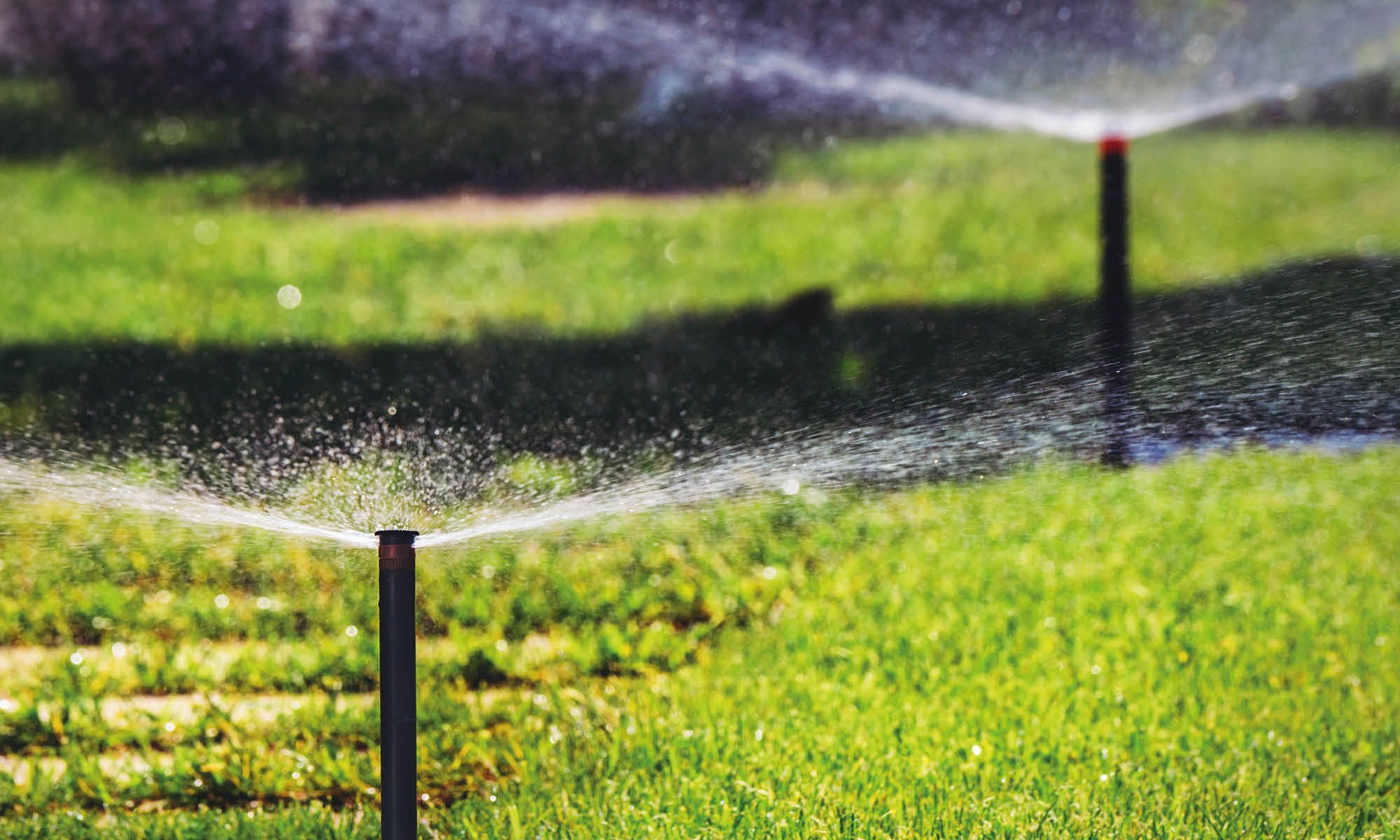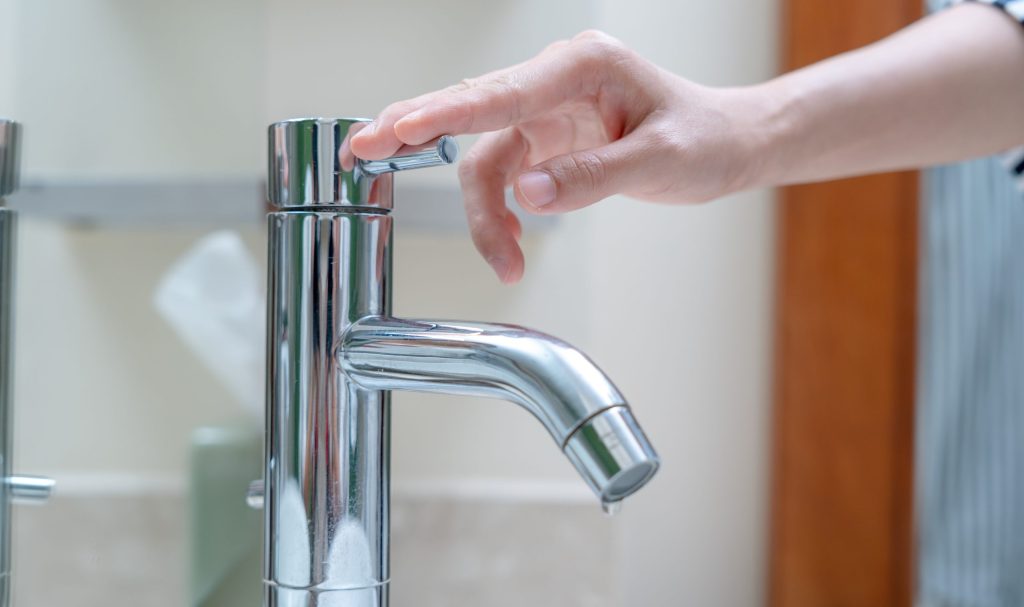
Smart Water Monitoring: Revolutionizing Resource Management
Share
In the age of technological advancements, smart water monitoring is emerging as a crucial tool in the quest for sustainable resource management. As global water scarcity becomes a pressing issue, tech professionals and enthusiasts are turning their attention towards innovative solutions that promise efficiency and conservation. With the integration of Internet of Things (IoT) technologies, smart water monitoring systems are not only revolutionizing the way we manage water resources but also paving the way for a more sustainable future.

The Rise of Smart Water Monitoring
The concept of smart water monitoring involves the use of advanced sensors, IoT devices, and data analytics to track and manage water usage in real-time. This technology enables precise monitoring of water consumption patterns, leak detection, and efficient distribution, thereby reducing waste and promoting conservation. According to a recent study, the implementation of smart water systems can lead to a reduction in water usage by up to 20%, making it a game-changer in the field of resource management.
For tech professionals, the appeal of smart water monitoring lies in its ability to harness data for actionable insights. By analyzing water usage patterns, these systems can identify inefficiencies and recommend optimizations, contributing to both environmental sustainability and cost savings. As more industries and households adopt this technology, the potential for significant impact on global water conservation efforts becomes increasingly evident.
Components of a Smart Water Monitoring System
A comprehensive smart water monitoring system typically comprises several key components:
1. Sensors and IoT Devices
At the core of these systems are sensors and IoT devices that are strategically placed to collect data on water flow, pressure, and quality. These devices communicate with a central hub, transmitting real-time data for analysis and decision-making.
2. Data Analytics
Data analytics tools process the information gathered by sensors, providing insights into water usage patterns and identifying anomalies such as leaks or inefficiencies. This enables users to make informed decisions regarding water management and conservation.
3. Cloud-Based Platforms
Cloud-based platforms serve as the backbone of smart water monitoring systems, facilitating data storage, processing, and accessibility. These platforms allow users to access their data remotely, enabling seamless management of water resources from anywhere in the world.
Applications and Benefits of Smart Water Monitoring
The applications of smart water monitoring extend across various sectors, each reaping unique benefits from the technology:
Residential Use
In residential settings, smart water monitoring systems can significantly reduce water bills by detecting leaks and promoting efficient water use. Homeowners can monitor their water consumption through user-friendly apps, receiving alerts and recommendations for conservation. For more on how households are adopting these technologies, check out this article on sustainable household water use.
Industrial and Commercial Use
Industries and commercial establishments stand to gain immensely from smart water monitoring by optimizing their water-intensive processes. These systems help in maintaining regulatory compliance, reducing operational costs, and enhancing sustainability. Learn more about how industries are leveraging technology for water conservation in this piece on the future of water conservation.
Agricultural Sector
Agriculture, one of the largest consumers of water, benefits greatly from smart water monitoring through precision irrigation and water management. By ensuring that crops receive optimal amounts of water, farmers can improve yield while conserving this precious resource.
Challenges and Future Prospects
While the benefits of smart water monitoring are undeniable, challenges such as high initial costs, data privacy concerns, and the need for skilled personnel for system maintenance exist. However, as technology continues to evolve, these hurdles are expected to diminish.
The future of smart water monitoring looks promising, with advancements in AI and machine learning poised to enhance the capabilities of these systems further. As more stakeholders recognize the value of smart water management, widespread adoption is anticipated, leading to improved water sustainability on a global scale.
Conclusion
In conclusion, smart water monitoring represents a pivotal step towards sustainable water management. By harnessing the power of IoT and data analytics, these systems offer tech professionals and enthusiasts a valuable tool in the fight against water scarcity. As we continue to innovate and refine these technologies, the vision of a sustainable future becomes increasingly attainable. For more on water conservation tips, visit this resource.

FAQs
What is smart water monitoring?
Smart water monitoring involves using IoT devices and sensors to track and manage water usage in real-time, promoting efficiency and conservation.
How does smart water monitoring benefit industries?
Industries benefit from smart water monitoring by optimizing water usage, reducing costs, and enhancing sustainability through efficient water management practices.
What are the challenges of implementing smart water monitoring?
Challenges include high initial costs, data privacy concerns, and the need for skilled personnel for system maintenance. However, advancements in technology are expected to address these issues over time.
